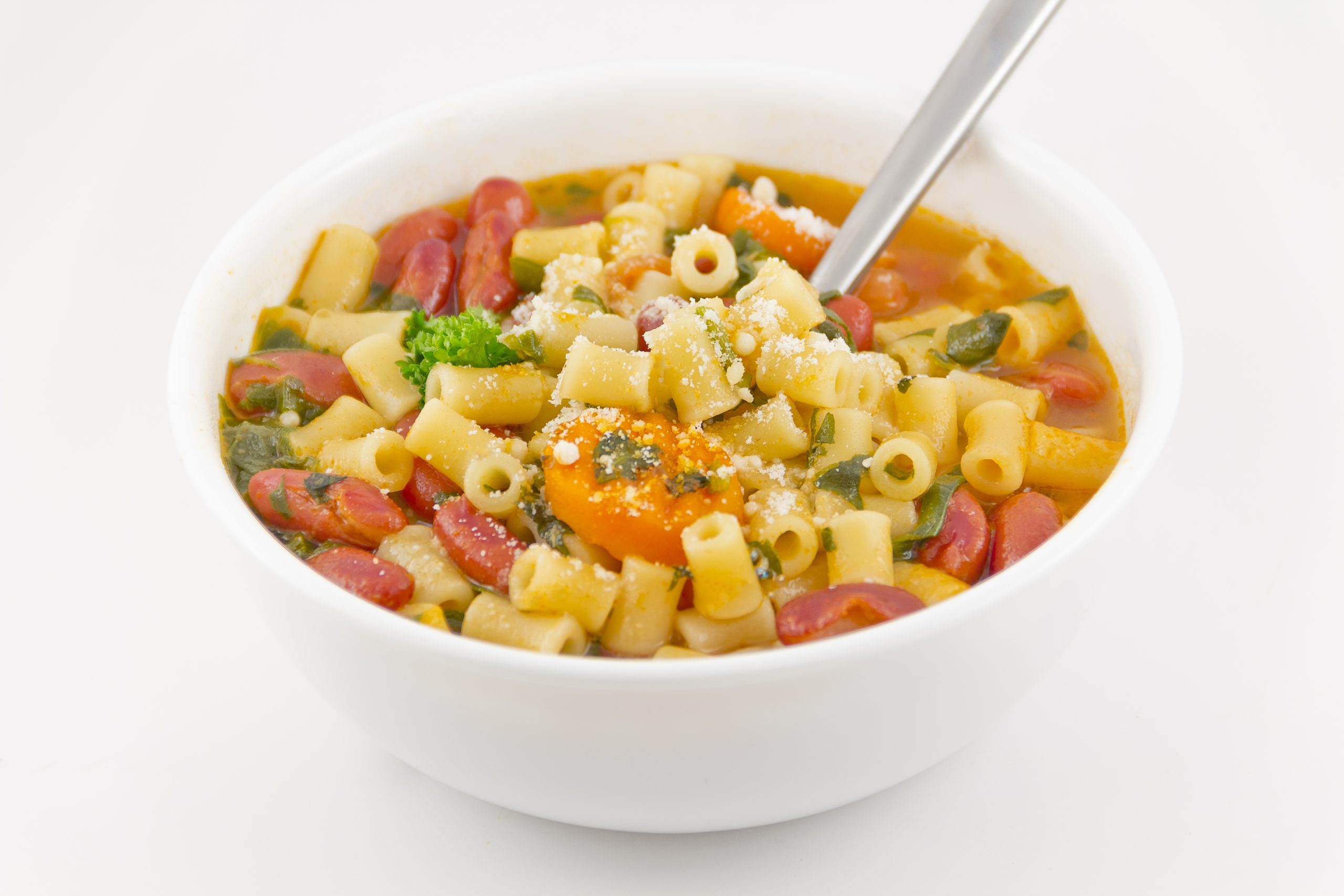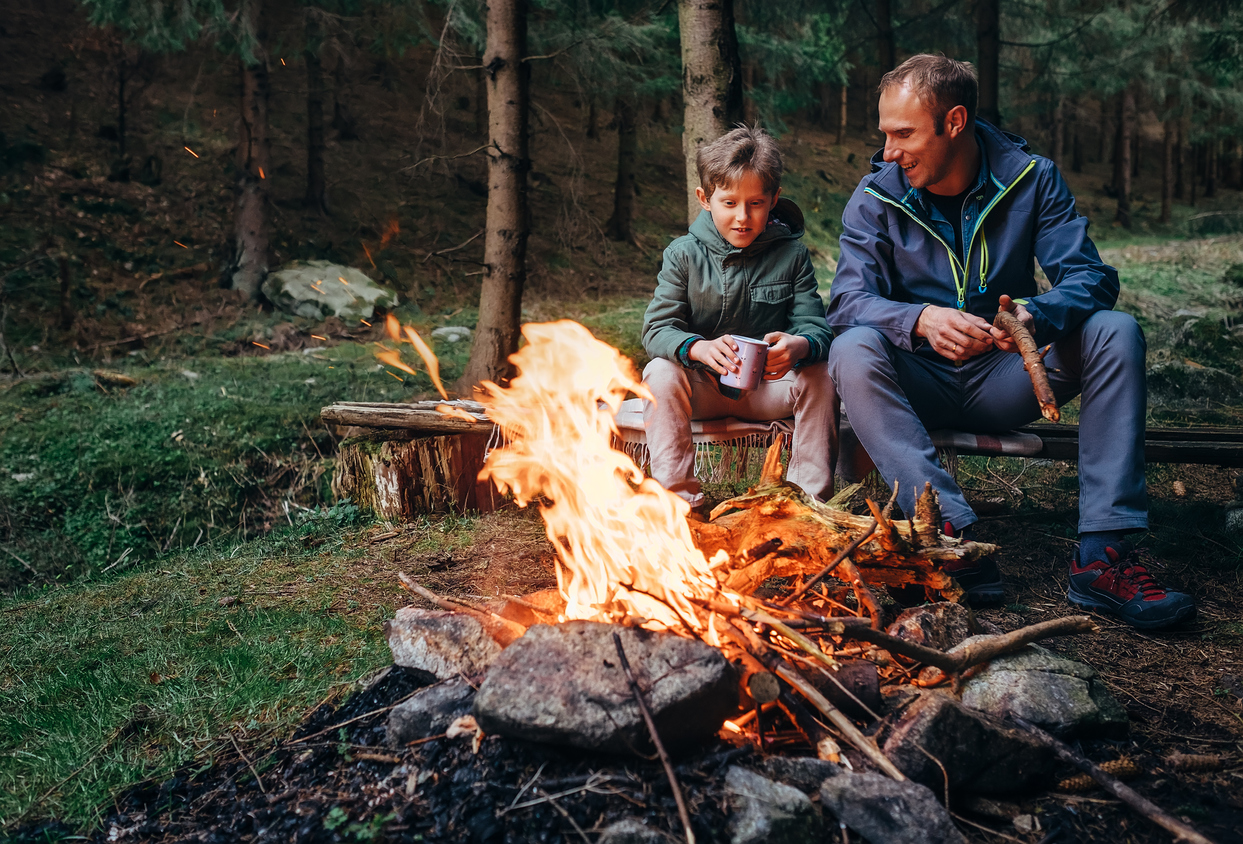
Pasta Fazool
Need some help achieving a family goal of cooking and eating at home together more often? In the winter months, a hearty soup can make a comforting weekly staple meal that also translates into lunch leftovers for the next day. This recipe can also help achieve a goal of teaching children (or adults!) basic cooking skills to last them a lifetime—once you know how to make soup, you can change it up based on what’s on sale at the store, what may need to be used up in the fridge or to your favourite flavours.
Most soups start with a base called a mirepoix—the magical trinity of onions, carrots and celery—that flavour so many dishes around the world. A stock then gets added and then the star ingredients, whether they be other veggies, a protein source, herbs and spices and other flavour-builders. Paired with some crusty bread and a salad, soup can truly make a meal!
Serves 4-6
3 Tbsp olive oil
1 onion, diced
2 large carrot, diced
3 stalks celery, diced
3-4 cloves garlic, peeled and minced
2 tomatoes, chopped (or 1 x 398 mL can of diced tomatoes)
3 sprigs rosemary, stemmed and minced (or basil or parsley)
3 cups dark leafy greens (e.g. spinach, chard or kale), chopped
1.5 Litre stock (or water)
2 cups cooked legumes (e.g. chickpeas, beans, lentils) or 1 x 398mL can
2 cups dried wholegrain pasta
Salt, pepper, fresh herbs, parmesan cheese to taste
Heat olive oil over medium low heat in a large pot. Add onion, carrot and celery and sauté for 8-10 minutes until soft and golden. Add garlic, tomatoes and rosemary and sauté for another 3 minutes. Add stock and bring to a boil. Add cooked legumes and pasta and cook at least as long as the pasta “cooking instructions” on the box or bag. Taste and adjust seasonings. Serve garnished with fresh herbs (e.g. basil, parsley) and/or parmesan cheese.
Recipe by Nicole Fetterly, RD



